


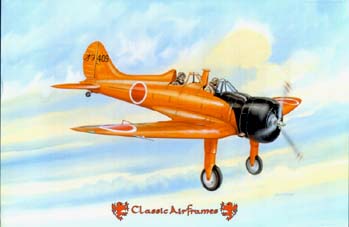 Classic
Airframes 1/48 A5M4-K (Claude) Trainer
Classic
Airframes 1/48 A5M4-K (Claude) Trainer
By Michael Benolkin
History
The Mitsubishi Company introduced the first monoplane to be accepted into the Japanese Naval Air Forces, the A5M Claude. Used extensively in the China campaign in the late 1930s, this aircraft was being phased out of front-line service by the time the United States entered the war. In its place, Mitsubishi introduced the A6M series that became synonymous with all Japanese fighters – the Zero.
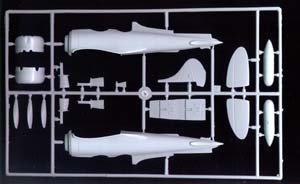 |
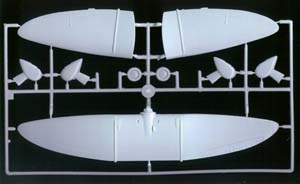 |
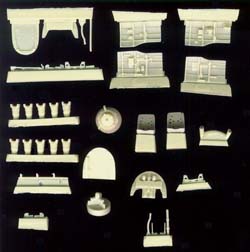 |
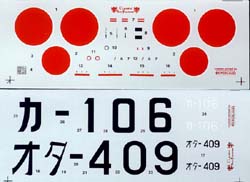 |
As new pilots entered into the flying schools, Mitsubishi developed a two-seat training version of the A5M4 to provide a robust, combat-representative machine. These trainers were typical two-holers of the era, but featured an interesting safety feature not seen on many trainers of the day – a rollover pylon. This pylon keeps the aircraft from crushing the pilots' head in the even the aircraft flips over onto its back (a common maneuver for tail-wheel student pilots worldwide). The other nice thing about building trainers is that they usually sported a more colorful paint scheme than your average combat aircraft. The boxart says it all here.
The Kit
In typical Classic Airframes style, the Claude kit features a mix of injection-molded plastic, resin and vacuformed parts. The basic airframe is done in plastic, comprising 26 parts. The resin bag includes a beautiful mix of details for the cockpit interior, an intricate radial engine and other details. Two vacuformed sets of windscreens are also provided (one to build and a spare in case you're like me!).
The plastic parts are molded in light grey plastic and feature nicely scribed panel lines. The fit of the fuselage is nice, as are the wings. There doesn't appear to be any surprises in construction lurking about. The only thing I see that might be an improvement is the joining of the tail surfaces to the fuselage and the main gear struts/pants to the wing. In the case of the tail surfaces, there are no tabs/slots to align and bond the tail surfaces, so I'd recommend drilling a few holes and inserting some brass wire to reinforce the joints. This is especially true with the wheel pants/gear struts. A brass pin between the struts and the wing will ensure trouble-free handling of your creation later.
Markings are provided for two trainers, one example being an overall orange aircraft with black nose trim, and the other being a green over orange scheme with a black cowling. Either example will brighten up your scale flight line.
Conclusion
I'd recommend this kit to any modeler with intermediate building skills (or better). Beginning modelers might have trouble with trimming/fitting the resin parts, as well as dealing with cyano glues.
My sincere thanks to Classic Airframes for this review sample!

Previous: Contents








